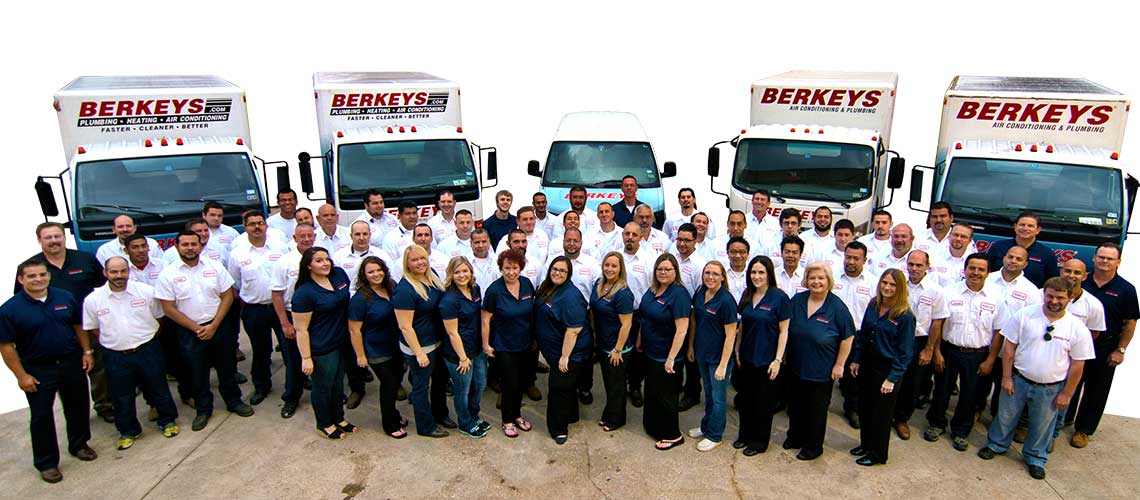There comes a time when your appliances sputter to the end of their life. Once your water heater has given it’s last gasp, you may have to make a quick decision for a replacement. If you do your research ahead of time, you won’t miss out on some of your energy efficient and money saving options. A tank-less water heater may be a cost-effective switch from your traditional tank heating system.
How They Work
Tank-less water heaters heat the water in the pipes instead of using a storage tank. When the hot water tap is turned on, water travels through a pipe into the unit. A gas burner or an electric element heats the water and it flows to the open faucet. Tank-less water heaters can deliver a steady supply of hot water as it is used. Without continually re-heating the water in a storage tank, you may save a significant amount of money on your monthly bills. The operating costs for a tank-less water heater can be up to 40% less!
It will still take a little time to heat the water. A tank-less water heater’s output of hot water is determined by the flow rate. Typically, a tank-less water heater will provide hot water at a rate of 2–5 gallons per minute. Heaters with a gas-fired burner produce higher flow rates than ones with electric elements. Even the largest gas-fired model has limits for supplying enough hot water for multiple uses in large households at one time. To remedy this, you can install two or more tank-less water heaters and connect them for simultaneous demands of hot water. Or you can install separate units for appliances or areas of your home.
Tank-less systems come in two varieties – point-of-use heaters and whole-house heaters. Point-of-use systems are great for heating water for one or two outlets like the bathroom sink and shower. They are usually quite small and can fit under a cabinet or in a linen closet. Since they’re close to the tap, they use less water due to lag time (the amount of time it takes for the hot water to reach your faucet). A long lag time means that you’re wasting water waiting for the hot water to arrive at the faucet from the heater. Whole-house systems are larger and can operate more than one appliance or area at a time. You also have a choice between electric, propane or natural gas models. Point-of-use models are typically electric, while whole-house systems are usually powered by either natural gas or propane.
New types of tank-less heaters, like those made by Rinnai, have been developed in the last few years and have reduced the cost of water heater installation significantly. Hybrid tank-less water heaters are gas-fired heaters with a small buffer tank, which is heated continuously. The buffer tank eliminates the potential for someone taking a shower suddenly getting a shock of cold water and it allows hot water to be delivered in tiny amounts. Most water heaters don’t ignite the burner unless the hot water flow exceeds .5 or .6 gallons per minute. The other new development is a water heater that utilizes condensing combustion technology to reach 90% efficiency. Both products have electronic ignition rather than a regular pilot light to increase efficiency. Electric models are generally less expensive to install than gas models. Gas powered systems may require upgrades to your natural gas line or venting system and may require maintenance. If you choose an electric model, you may have to upgrade your circuits.
Tank-less heaters have a longer life span than a tank water heater – about 5 to 10 years longer. They take up much less space, are environmentally friendly, and provide you with a consistent amount of hot water. They can also be installed outdoors. Tank-less water heaters are also more energy efficient. They can be 24%–34% more energy efficient than conventional storage tank water heaters for homes that use around 41 gallons of hot water daily. They save 8%–14% more energy in homes that use a lot of hot water – about 86 gallons per day. You can increase your energy savings by 27%–50% if you install a demand water heater at each hot water outlet. Some estimate that an average family can save $100 or more per year with an ENERGY STAR qualified tank-less water heater. You may also qualify for tax rebates depending on your choice of heating system you choose.
You may want to consider the environmental impact that your choice may have. Gas-powered units produce greenhouse gases. Electric models require a lot of energy. Heating water accounts for about 20% of your home energy usage. Natural gas is less expensive right now, but it is expected to surpass electricity in the future.
Before you may any decisions, you should call your certified plumber. They can explain the differences between systems and product types. They can help you determine which system is best for you. Ask about discounts or rebates from the manufacturers. Your certified plumber may also have additional suggestions and may have specials on equipment or other services. Many also have service plans, like Berkeys BAM Plan, that can help save you money on service calls and provide annual plumbing tune-ups.
You can call Berkeys Air Conditioning & Plumbing 24/7 at 817-481-5869 or visit www.Berkeys.com for questions and scheduling information. Or on Facebook at www.Facebook.com/Berkeys.
